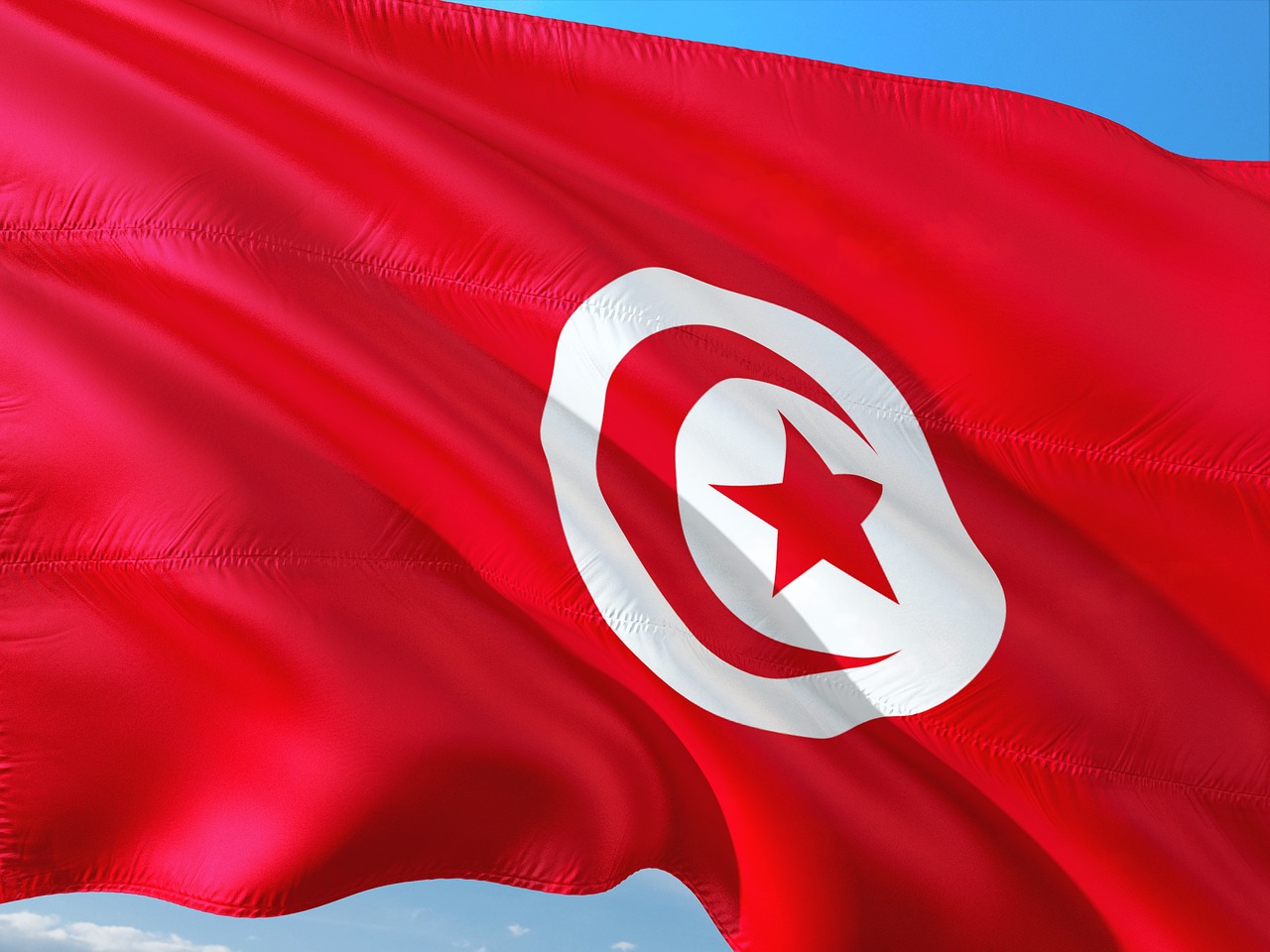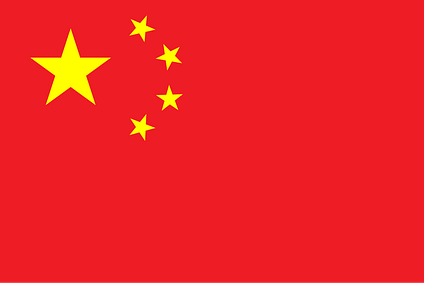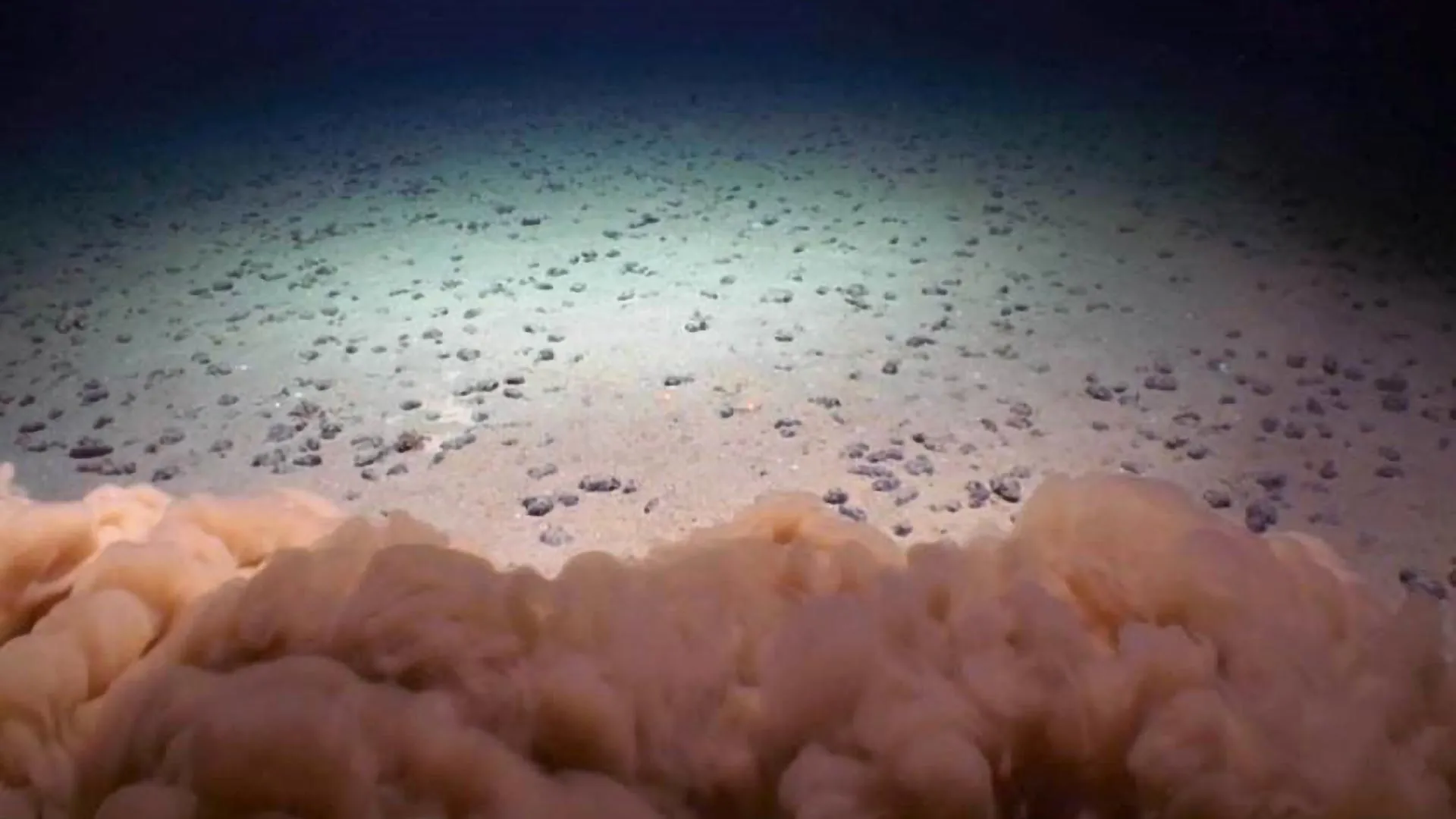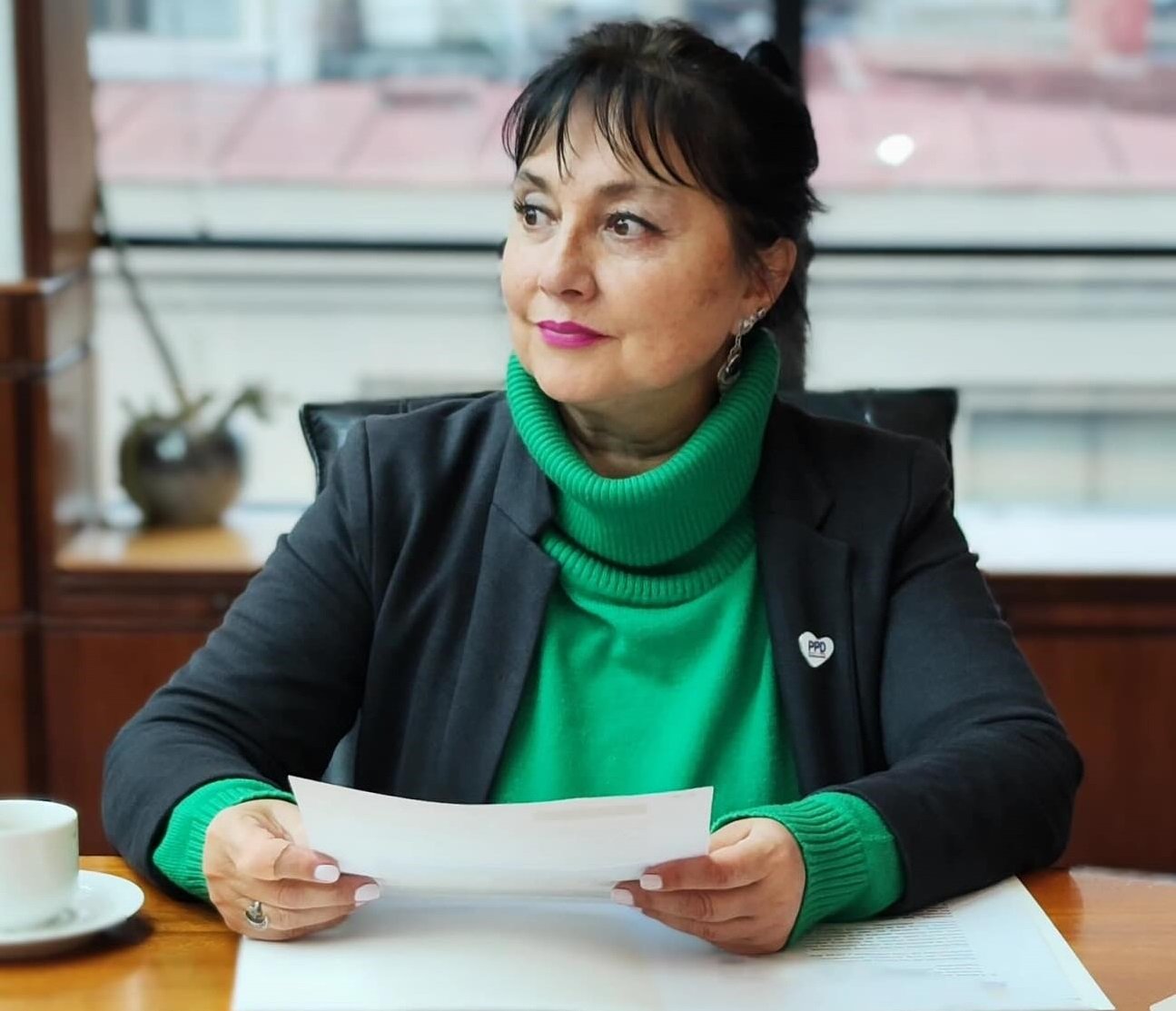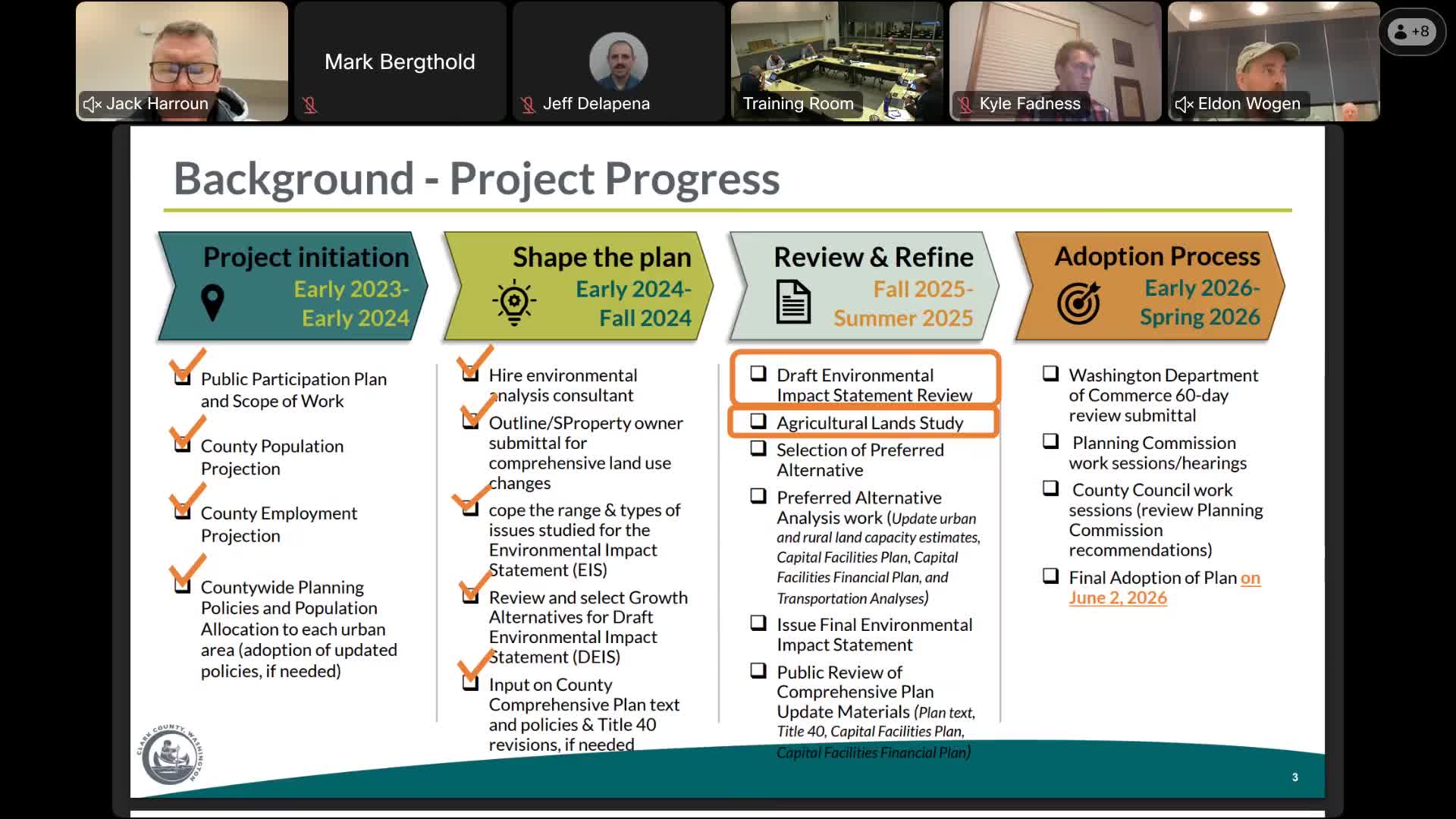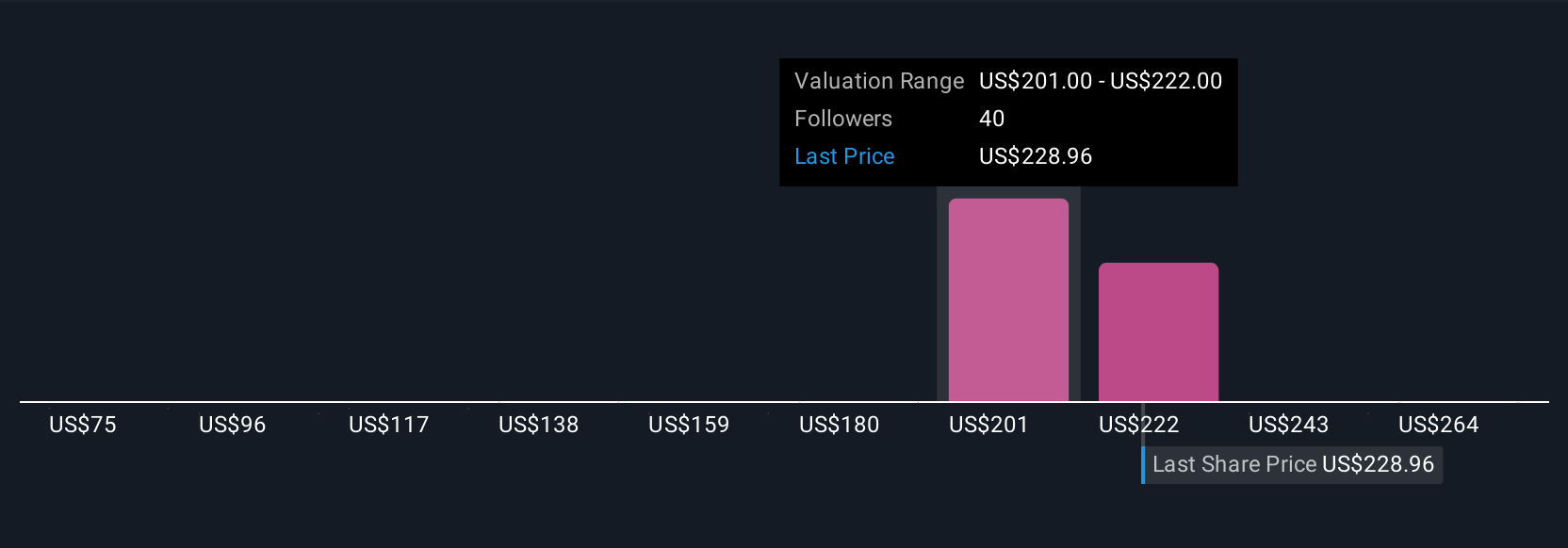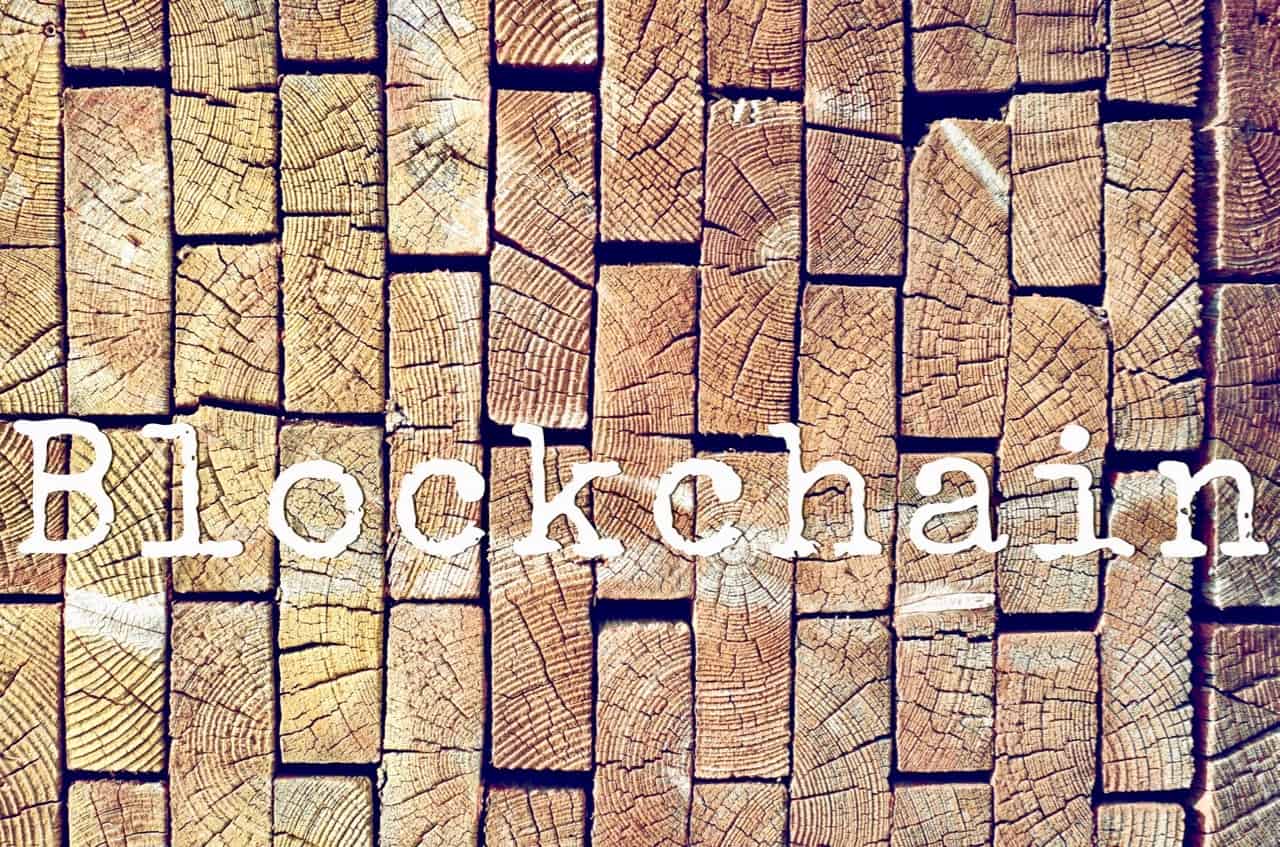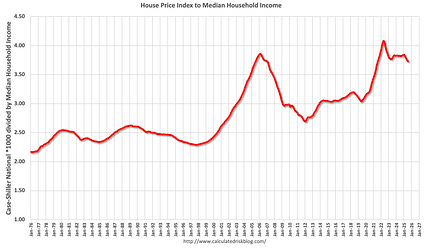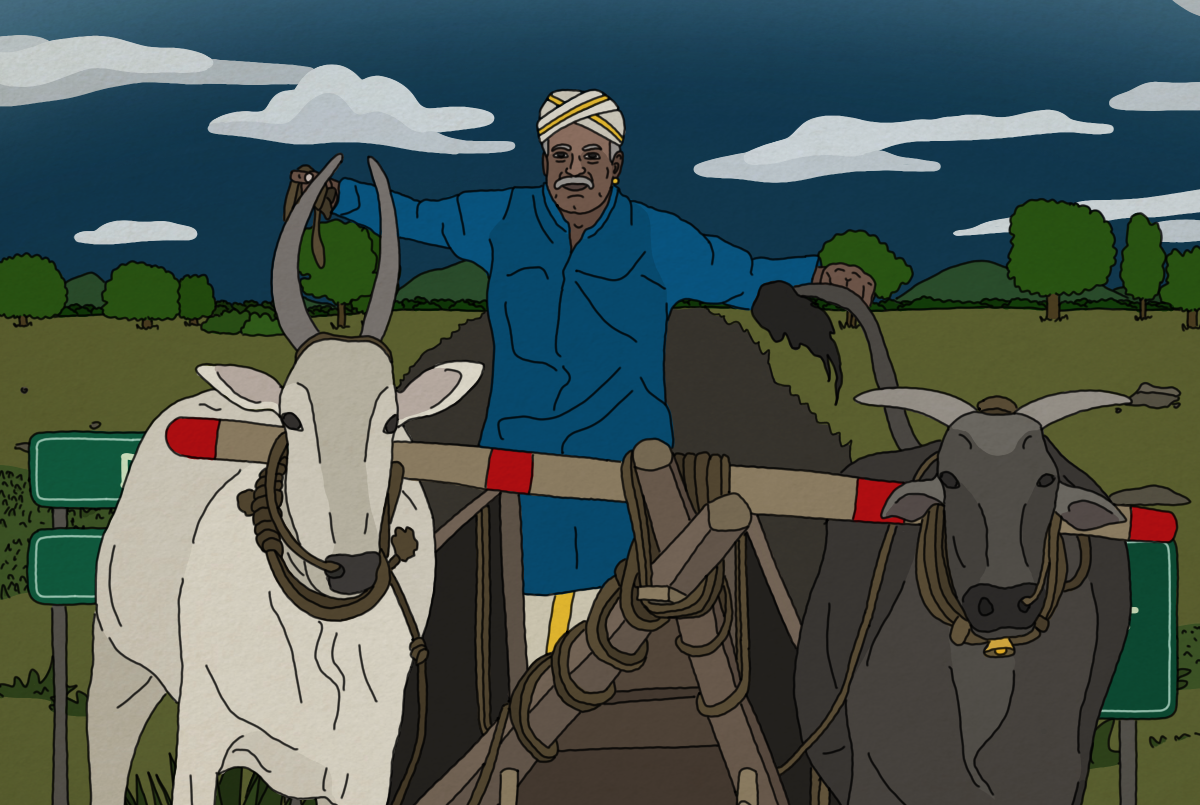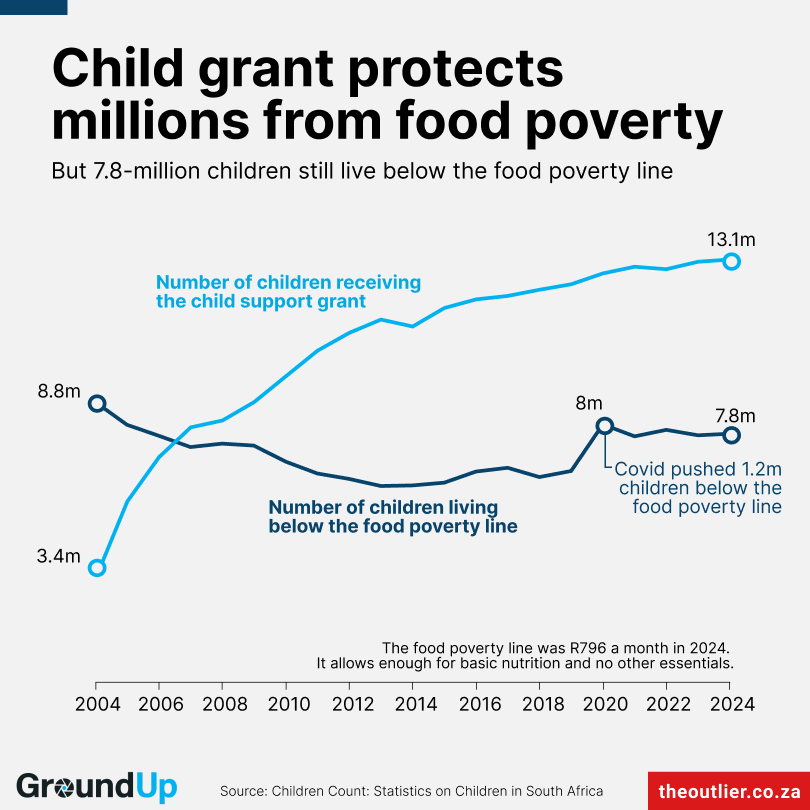Australian aid: A primer – Devex

Australian Official Development Assistance (ODA) Report: Alignment with Sustainable Development Goals
Overview and Financial Commitment
- In 2023, Australia was the 13th-largest donor among Development Assistance Committee (DAC) members, with total aid spending of $3.3 billion.
- This expenditure represents 0.19% of Australia’s gross national income (GNI), which is below the DAC average of 0.37% and the United Nations target of 0.7% ODA-to-GNI, a key metric for SDG 17 (Partnerships for the Goals).
- Projected development aid for 2025-2026 is AU$5.1 billion (approximately $3.3 billion USD), indicating a stable commitment to ODA.
Strategic Alignment with the 2030 Agenda
- Australian foreign cooperation is guided by four central themes, each directly contributing to specific Sustainable Development Goals:
- Climate Action: Directly supports SDG 13 (Climate Action) by focusing on climate resilience and mitigation programs.
- Gender Equality: Aligns with SDG 5 (Gender Equality) by promoting women’s empowerment and rights.
- Disability Equity and Rights: Contributes to SDG 10 (Reduced Inequalities) by ensuring the inclusion of persons with disabilities.
- Humanitarian Action: Addresses critical needs related to SDG 1 (No Poverty), SDG 2 (Zero Hunger), and SDG 16 (Peace, Justice and Strong Institutions) in crisis contexts.
Analysis of Bilateral Aid Contributions
Geographical Distribution and Regional Focus
- Australia’s aid is strategically focused on the Indo-Pacific region to foster regional stability and prosperity, a core component of its commitment to SDG 16 and SDG 17.
- Approximately three-quarters of the projected 2025-2026 budget is allocated to the Indo-Pacific.
- In 2023, 90.9% of bilateral aid ($2.2 billion) was directed to countries in Oceania and Asia.
Top Recipient Countries (2023)
- Papua New Guinea ($420.5 million)
- Indonesia ($218 million)
- Solomon Islands ($107.5 million)
- Fiji ($104.8 million)
- Myanmar ($100.9 million)
Sectoral Allocation and SDG Impact
- A significant portion of bilateral aid ($278.2 million, or 10.2%) in 2023 was dedicated to multisectoral activities, supporting a range of integrated development outcomes across the SDGs.
- The top individual sectors demonstrate a clear focus on human capital, institutional strength, and resilience:
- Training and Education ($192.3 million): Directly advances SDG 4 (Quality Education).
- Material Relief Assistance ($181.5 million): A key component of humanitarian aid that supports SDG 1 (No Poverty) and SDG 2 (Zero Hunger).
- Public Sector Policy and Administrative Management ($92.5 million): Strengthens governance and institutional capacity, crucial for achieving SDG 16 (Peace, Justice and Strong Institutions).
- General Budget Support ($89.2 million): Provides partner governments with flexible funding to achieve national priorities aligned with the SDGs, reinforcing SDG 16.
- COVID-19 Control ($88.7 million): Supports post-pandemic socioeconomic recovery, contributing to SDG 3 (Good Health and Well-being) and SDG 8 (Decent Work and Economic Growth).
Support for the Multilateral System and Global Partnerships (SDG 17)
Core Contributions to Multilateral Agencies
- In 2023, Australia’s multilateral aid amounted to $533 million, channeled through nearly 40 international agencies to address global challenges.
- This approach leverages global expertise and pooled resources, embodying the principles of SDG 17 (Partnerships for the Goals).
Top Multilateral Recipients and their SDG Focus (2023)
- International Bank for Reconstruction and Development (IBRD) ($204.1 million): Supports a wide range of goals, with a focus on infrastructure (SDG 9), economic growth (SDG 8), and poverty reduction (SDG 1) in middle-income countries.
- Asian Development Fund ($81.9 million): Provides grants to lower-income countries in Asia to advance regional SDG progress.
- UN Secretariat ($30.3 million): Supports global governance and coordination for the entire 2030 Agenda.
- Gavi, the Vaccine Alliance ($28.8 million): Directly contributes to SDG 3 (Good Health and Well-being) by expanding access to vaccines.
- World Food Programme ($26.6 million): A critical partner for achieving SDG 2 (Zero Hunger).
Implementation and Key Contractual Partners
Department of Foreign Affairs and Trade (DFAT) Contract Awards
- DFAT is the lead agency for development programming. In 2024, it awarded nearly 400 contracts valued at AU$1.3 billion.
- Over 90% of this value (AU$1.2 billion) was awarded to Australian-based suppliers, including local affiliates of international organizations.
Top Implementing Partners and SDG-focused Programs (2024)
- Palladium (AU$390.7 million): Implements a major labor mobility program in the Pacific and East Timor, directly supporting SDG 8 (Decent Work and Economic Growth) and SDG 10 (Reduced Inequalities).
- Tetra Tech (AU$181.8 million): Manages the Australia Assists program, which deploys humanitarian specialists to improve disaster and conflict response, contributing to SDG 1, SDG 2, and SDG 16.
- DT Global (AU$117 million): Implements the Climate-Resilient Communities Support Unit, a program designed to co-fund and design new climate change programming in the Asia-Pacific, directly targeting SDG 13 (Climate Action).
SDGs Addressed in the Article
The article on Australian aid highlights several key areas of focus that directly correspond to the United Nations Sustainable Development Goals. The analysis below identifies the primary SDGs connected to Australia’s development and humanitarian projects.
-
SDG 13: Climate Action
The article explicitly states that “climate action” is one of the four central themes guiding Australia’s foreign cooperation. It further details a specific contract worth AU$77 million for the “Climate-Resilient Communities Support Unit,” a program designed to support climate change programming in the Asia-Pacific region. This directly addresses the goal of taking urgent action to combat climate change and its impacts.
-
SDG 5: Gender Equality
“Gender equality” is listed as another of the four central themes of Australia’s foreign aid policy. This indicates a strategic commitment to achieving gender equality and empowering all women and girls through its development programs, even though specific funding amounts for this theme are not broken down in the article.
-
SDG 10: Reduced Inequalities
The theme of “disability equity and rights” is mentioned as a core pillar of Australian aid. This aligns with SDG 10, particularly its focus on the social, economic, and political inclusion of all, including persons with disabilities.
-
SDG 17: Partnerships for the Goals
The entire article is an analysis of Australia’s Official Development Assistance (ODA), which is a core component of SDG 17. The text discusses Australia’s total aid spending ($3.3 billion), its ODA-to-GNI ratio (0.19%), and its contributions to multilateral partners like the World Bank, Asian Development Bank, and various U.N. agencies. This demonstrates the goal of strengthening the means of implementation and revitalizing the global partnership for sustainable development.
-
SDG 4: Quality Education
The article identifies “training and education” as the largest individual sector for Australian aid, receiving $192.3 million. This funding directly supports the aim of ensuring inclusive and equitable quality education and promoting lifelong learning opportunities for all.
-
SDG 1 & 2: No Poverty & Zero Hunger
The focus on “humanitarian action” and “material relief assistance” ($181.5 million) is directly linked to alleviating poverty and hunger, especially in response to crises. Furthermore, Australia’s contribution of $26.6 million to the World Food Programme specifically targets hunger and food insecurity, aligning with SDG 2.
-
SDG 3: Good Health and Well-being
Australia’s aid allocation includes $88.7 million for “COVID-19 control,” which the article defines as post-pandemic socioeconomic projects. Additionally, a contribution of $28.8 million to Gavi, the vaccine alliance, supports global health initiatives and aligns with the goal of ensuring healthy lives and promoting well-being.
-
SDG 8: Decent Work and Economic Growth
A major contract of AU$170.1 million is dedicated to a “labor mobility program in Pacific island countries and East Timor.” This initiative directly promotes sustained, inclusive, and sustainable economic growth, full and productive employment, and decent work for all.
-
SDG 16: Peace, Justice, and Strong Institutions
The article notes that “Public sector policy and administrative management” is a priority sector, receiving $92.5 million. This funding supports the development of effective, accountable, and transparent institutions, which is the core of SDG 16.
Specific Targets Identified
Based on the programs and priorities mentioned, the following specific SDG targets can be identified:
-
Target 17.2
“Developed countries to implement fully their official development assistance commitments, including the commitment by many developed countries to achieve the target of 0.7 per cent of ODA/GNI to developing countries.” The article directly discusses Australia’s ODA spending in relation to its Gross National Income (GNI), stating its 0.19% ratio is below the U.N. target of 0.7%.
-
Target 13.1
“Strengthen resilience and adaptive capacity to climate-related hazards and natural disasters in all countries.” This is addressed through the AU$77 million “Climate-Resilient Communities Support Unit” and the AU$105.6 million “Australia Assists” program, which mobilizes specialists for disaster response and recovery.
-
Target 4.b
“By 2020, substantially expand globally the number of scholarships available to developing countries…” The identification of “training and education” as the largest individual sector with $192.3 million in funding implies support for initiatives like scholarships and capacity building, which aligns with this target.
-
Target 3.d
“Strengthen the capacity of all countries, in particular developing countries, for early warning, risk reduction and management of national and global health risks.” Funding for “COVID-19 control” ($88.7 million) and contributions to Gavi ($28.8 million) directly support this target by enhancing pandemic response and health system capacities.
-
Target 16.6
“Develop effective, accountable and transparent institutions at all levels.” The allocation of $92.5 million to “Public sector policy and administrative management” directly supports the strengthening of government institutions in recipient countries.
Indicators Mentioned or Implied
The article provides several quantitative and qualitative indicators that can be used to measure progress towards the identified targets.
-
Indicator 17.2.1
“Net official development assistance, total and to least developed countries, as a proportion of the Organization for Economic Cooperation and Development (OECD) Development Assistance Committee donors’ gross national income (GNI).” The article explicitly provides this indicator, stating Australia’s ODA is “0.19% of the bilateral donor’s gross national income.” It also provides the total ODA volume of “$3.3 billion.”
-
Financial Flows for Specific Goals
The article provides numerous financial figures that serve as direct indicators of resource allocation to specific SDG-related sectors. These include:
- $192.3 million for training and education (SDG 4).
- $181.5 million for material relief assistance (SDG 1, 2).
- $92.5 million for public sector policy and administrative management (SDG 16).
- $88.7 million for COVID-19 control (SDG 3).
- AU$77 million for the Climate-Resilient Communities Support Unit (SDG 13).
- AU$170.1 million for a labor mobility program (SDG 8).
- $28.8 million contribution to Gavi (SDG 3).
- $26.6 million contribution to the World Food Programme (SDG 2).
-
Policy and Strategic Focus
The identification of “climate action,” “disability equity and rights,” and “gender equality” as “four central themes” of Australia’s foreign cooperation serves as a qualitative indicator of policy alignment with SDGs 13, 10, and 5, respectively. This signals a commitment to integrating these goals into its development programming.
Summary of Findings
| SDGs | Targets | Indicators |
|---|---|---|
| SDG 17: Partnerships for the Goals | 17.2: Implement ODA commitments. | 17.2.1: ODA as a proportion of GNI (reported as 0.19% vs 0.7% target). Total ODA volume ($3.3 billion). |
| SDG 13: Climate Action | 13.1: Strengthen resilience and adaptive capacity to climate-related hazards. | Financial allocation of AU$77 million for the Climate-Resilient Communities Support Unit. |
| SDG 4: Quality Education | 4.b: Expand scholarships for developing countries. | Financial allocation of $192.3 million to the “training and education” sector. |
| SDG 3: Good Health and Well-being | 3.d: Strengthen capacity for health risk management. | Financial allocation of $88.7 million for “COVID-19 control” and $28.8 million to Gavi. |
| SDG 1 & 2: No Poverty & Zero Hunger | 1.5: Build resilience of the poor. 2.1: End hunger. | Financial allocation of $181.5 million for “material relief assistance” and $26.6 million to the World Food Programme. |
| SDG 16: Peace, Justice, and Strong Institutions | 16.6: Develop effective, accountable, and transparent institutions. | Financial allocation of $92.5 million for “Public sector policy and administrative management.” |
| SDG 8: Decent Work and Economic Growth | 8.6: Reduce the proportion of youth not in employment, education or training. | Financial allocation of AU$170.1 million for a “labor mobility program.” |
| SDG 5: Gender Equality | 5.c: Adopt and strengthen policies for gender equality. | Qualitative indicator: “Gender equality” is listed as a central theme of foreign cooperation policy. |
| SDG 10: Reduced Inequalities | 10.2: Promote social, economic, and political inclusion of all, including persons with disabilities. | Qualitative indicator: “Disability equity and rights” is listed as a central theme of foreign cooperation policy. |
Source: devex.com

What is Your Reaction?
 Like
0
Like
0
 Dislike
0
Dislike
0
 Love
0
Love
0
 Funny
0
Funny
0
 Angry
0
Angry
0
 Sad
0
Sad
0
 Wow
0
Wow
0











